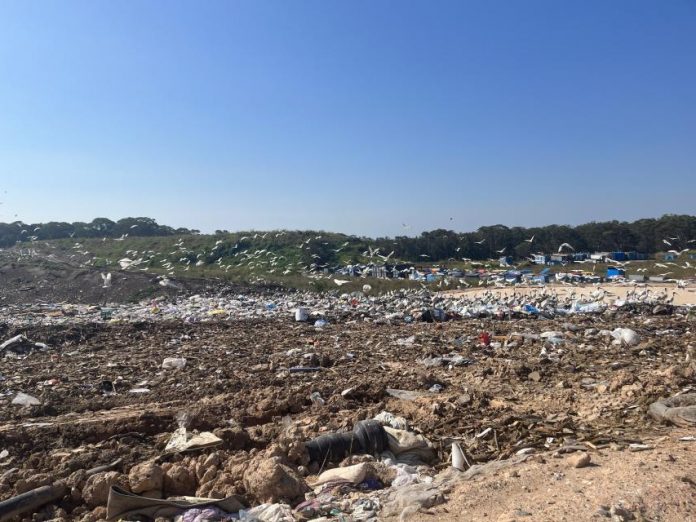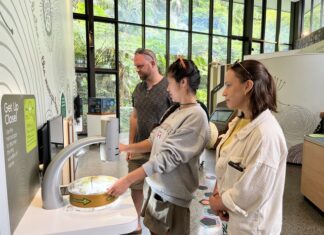About a hectare of vegetation will be cleared to expand Noosa’s Resource Recovery area to enable the construction of a new high-efficiency sediment (HES) basin, improve health and safety issues and prevent environmental harm.
Considered a matter of urgency, the work will take place as a priority before the completion of a site masterplan which is currently underway.
Council staffers told this month’s general meeting that the current sediment basin exceeded capacity during the 2022 storm event and a new HES basin was required to meet the state government’s environmental protection laws and prevent sediment runoff.
In this case, failure to have sediment basin to capture sediment runoff, if left as is would impact downstream biodiversity, Cr Brian Stockwell said.
Staff said site constraints and an increasing amount of waste leads to an increase in machinery and public interaction creating a high risk area.
As waste increases those risks become higher. Ultimately we need more space to be more strategic in layout and mitigate risks, staff said.
The staff report says council has a duty of care to provide a safe work environment for staff, contractors and the public using the landfill. Expansion of the Resource Recovery Area is critical to offer sufficient space for council to manage safety risks and provide a safe work environment within the Resource Recovery Area.
Council has the expectation and responsibility to provide an adequate waste service for the shire. With the region growing, so is the volume of waste being produced. Expansion of the Resource Recovery Area is critical to provide sufficient space for council to meet waste deferral expectations and the community’s need, the report said.
Deputy Mayor Frank Wilkie said the expansion was not a want but a need, resulting from a direct request from the state government.
Staff said the hectare of land to be cleared fell within the Community Infrastructure Zone which historically was designated and planned for landfill use and a provision to offset the vegetation loss of about 1.8ha would occur elsewhere on the site.
After being endorsed by council this month, the next step in the project would be the final design of the high-efficiency sediment basin, followed by the construction phase planned for winter 2024 (dry season) to minimise environmental risk.







